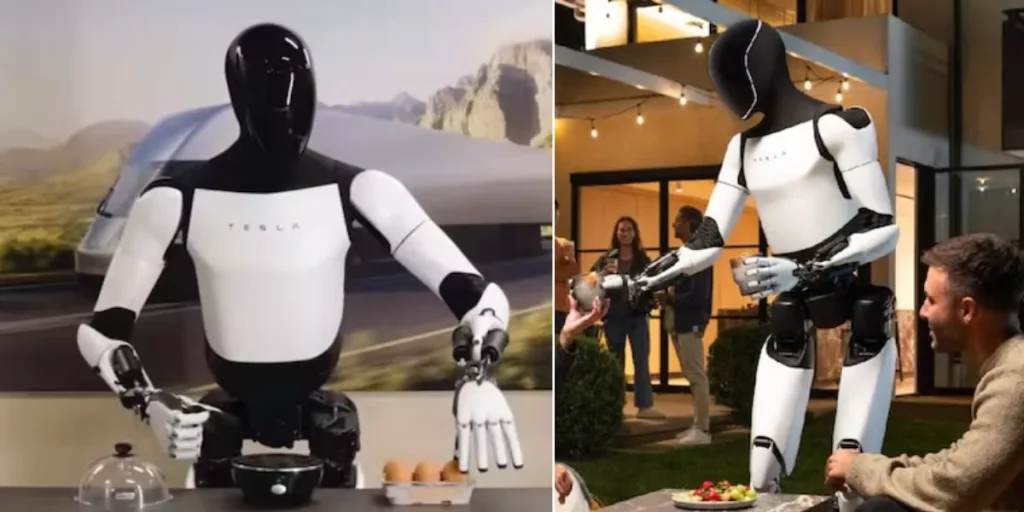
Tesla’s Optimus humanoid robot recently made waves at the We, Robot event in the U.S. on October 11, captivating audiences with its smooth, human-like movements. During the event, Elon Musk emphasized that Optimus will eventually be capable of performing various tasks, from walking dogs and grocery shopping to babysitting. He also forecasted an eventual sale price in the range of $20,000 to $30,000. However, the robot’s fluidity and interactivity have raised suspicions on social media and among attendees that it may be remotely controlled, sparking discussion about its actual level of autonomy.
A Show of Dexterity Raises Questions
To demonstrate the Optimus robot’s range of capabilities, Musk had the robot move through the crowd, perform various tasks, and even serve drinks at a bar. Optimus’s dexterous movements and interactive responses seemed natural, but this performance has led some to question whether it truly operates independently or is instead guided remotely. On X (formerly Twitter), technology expert Robert Scoble, who attended the event, shared his skepticism, noting, “It’s not entirely AI. Humans are assisting it remotely.” He also posted a video showing the robot serving him water, further fueling speculation that Optimus’s movements and interactions may be human-directed.
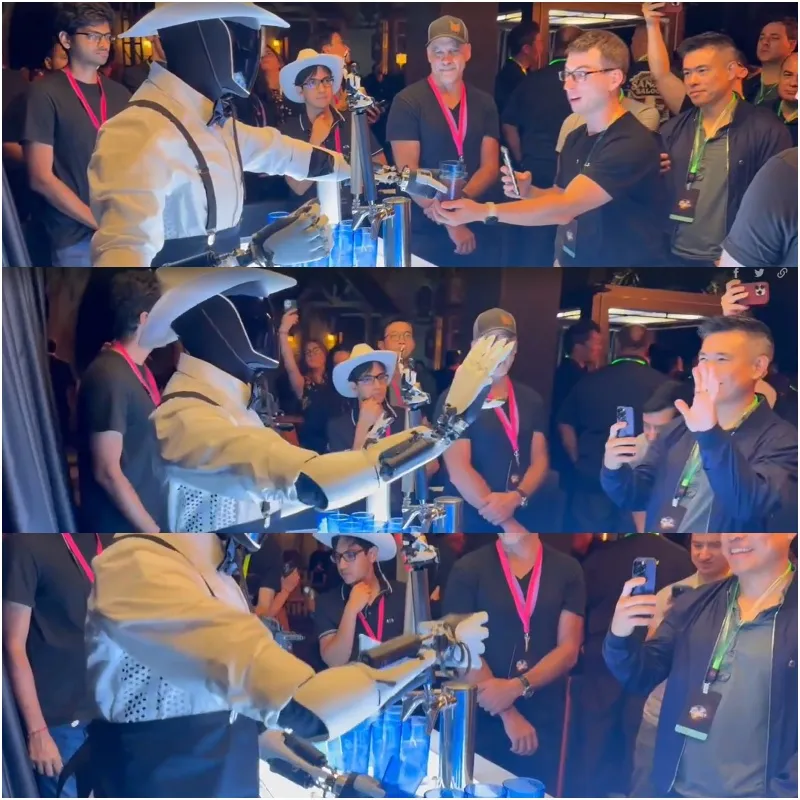
Industry Analysts Weigh In
The uncertainty surrounding Optimus’s autonomy is more than a minor footnote; it’s a point of contention for industry analysts and experts in the field. Scoble speculated that Optimus’s walking and basic motions might be automated but that other interactions, especially those involving communication, were likely directed by a remote operator. He even questioned the robot’s voice prompt, which vaguely acknowledged “some AI involvement.” This response has led some to believe that Tesla may be overselling the robot’s capabilities.
Josh Wolfe, founder of the venture firm Lux Capital, expressed disappointment, suggesting that while remote control with low latency is an impressive achievement, showcasing Optimus as an autonomous AI-driven robot without full transparency is misleading. Wolfe’s comments echoed sentiments from the larger AI and robotics communities, which hold that showcasing partially automated robots as fully autonomous risks setting unrealistic expectations for consumers and investors.
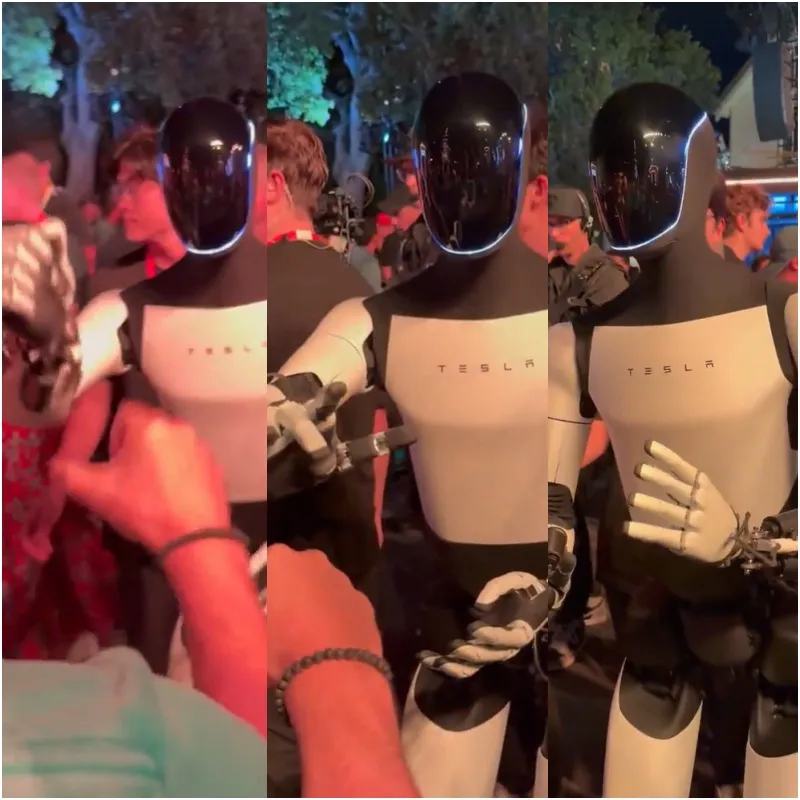
Musk’s Silence on AI Autonomy Sparks Further Suspicion
Adding fuel to the debate, Musk, known for his enthusiasm in promoting Tesla’s technology, notably refrained from boasting about Optimus’s AI capabilities during his presentation. According to Arstechnica, Musk’s reluctance to delve into specifics may signal that Optimus’s AI is not yet fully autonomous. This has only increased skepticism, as many assume that Musk, known for hyping groundbreaking advancements, would have emphasized fully independent AI if Optimus had indeed reached that milestone.
Tesla has not officially commented on these claims, choosing not to address the growing debate about Optimus’s true level of automation.
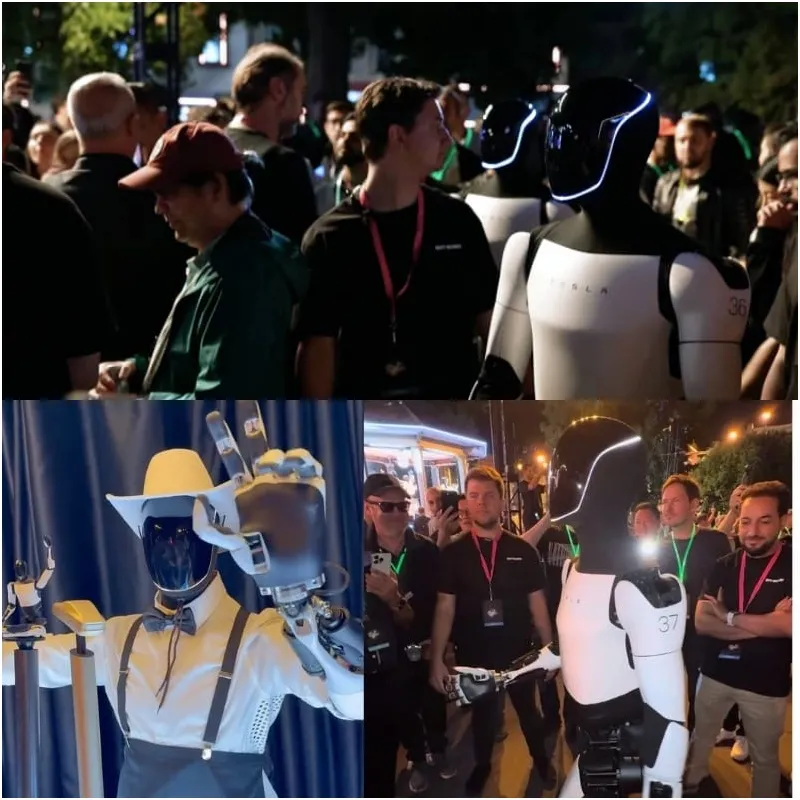
A Major Step for Tesla, But Limitations Remain
Despite the skepticism surrounding its autonomy, Optimus’s live demonstration did reveal impressive hardware and engineering. Observers have praised Tesla’s advancements in robot mechanics, noting that the actuators and control systems within Optimus enable notably smooth movements. Tesla’s robotic development aligns with broader trends, as countries like the U.S. and China have heavily invested in humanoid robotics, striving to create robots that approach human-level dexterity and functionality.
However, achieving AI-driven natural interactivity is still an elusive goal for many companies in the field. Even at the recent World Robot Conference in China, many seemingly autonomous robots turned out to be controlled by humans, illustrating the substantial gap that still exists between AI ambition and current reality.
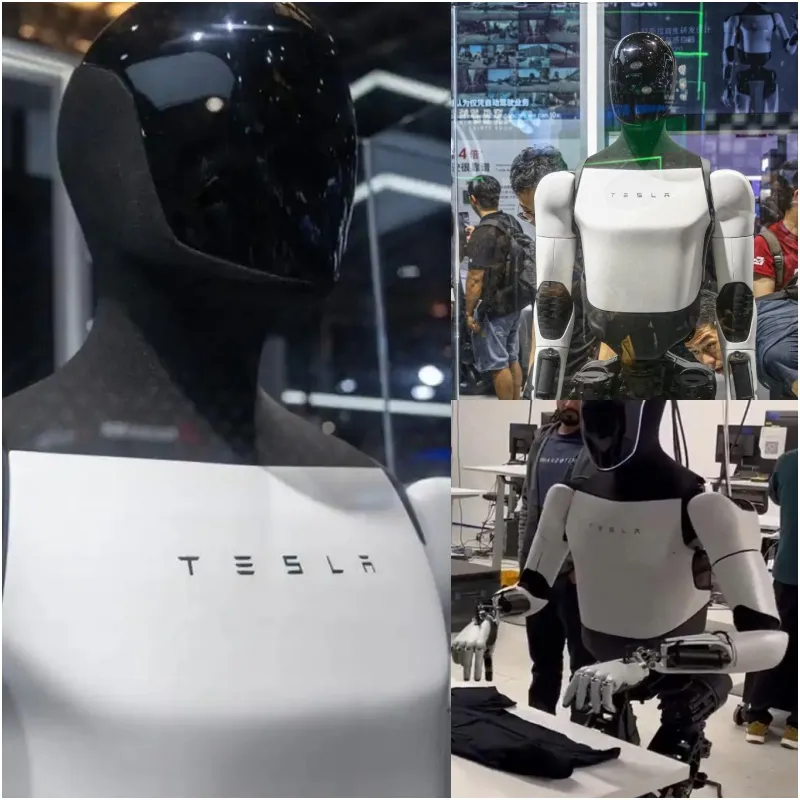
The Future of Optimus and Humanoid Robotics
As Tesla continues developing Optimus, the company has sparked public interest and debate around the future of humanoid robotics. Musk’s vision for Optimus includes a wide array of applications, from household tasks to potentially complex caregiving roles, creating excitement around a future where humanoid robots are accessible to a broader market. Still, transparency about Optimus’s true capabilities will be critical as Tesla seeks to establish itself as a leader in the emerging humanoid robotics field.
In the end, Tesla’s Optimus demonstration may indeed be a step toward AI-driven robotics, but the road to truly autonomous, independent humanoid robots may be longer than initially anticipated. As the company works to fulfill Musk’s ambitious vision, establishing realistic expectations will be essential to building trust and credibility in Tesla’s technological pursuits.






